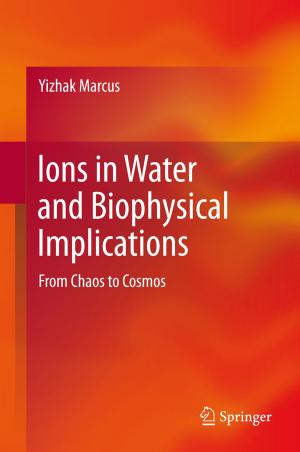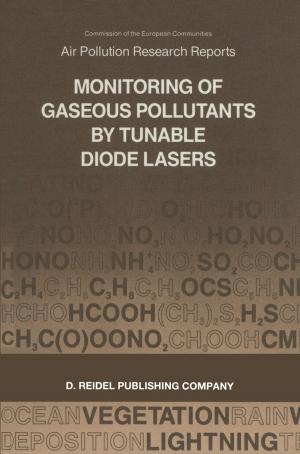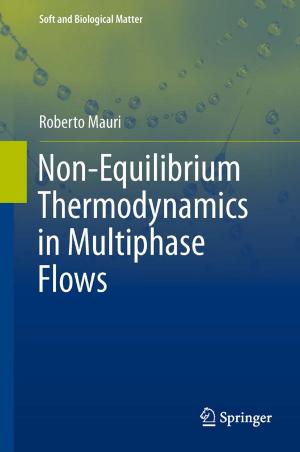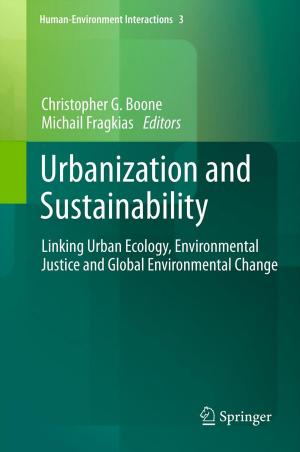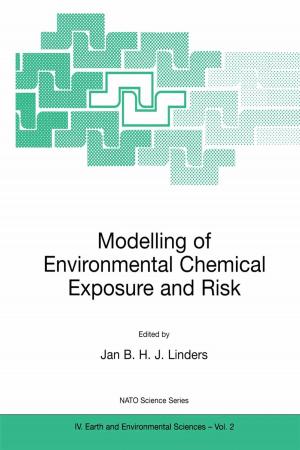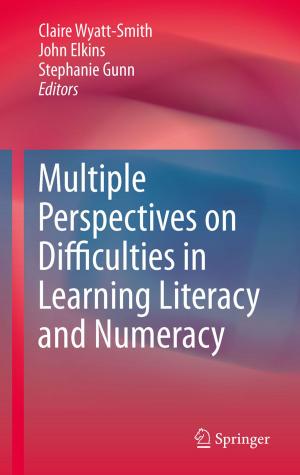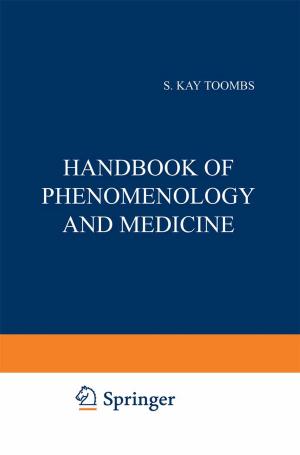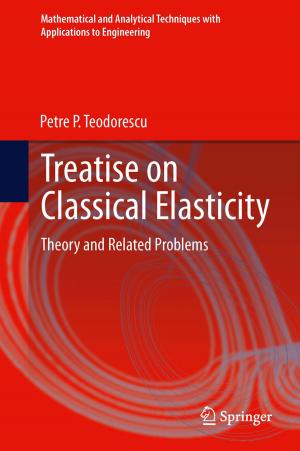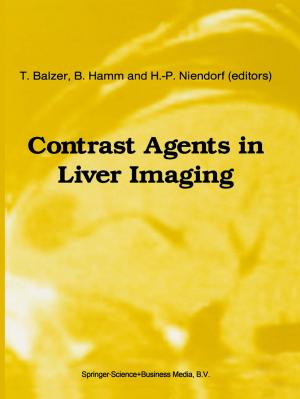EPR of Free Radicals in Solids II
Trends in Methods and Applications
Nonfiction, Science & Nature, Science, Chemistry, Analytic, Physical & Theoretical| Author: | ISBN: | 9789400748873 | |
| Publisher: | Springer Netherlands | Publication: | December 9, 2012 |
| Imprint: | Springer | Language: | English |
| Author: | |
| ISBN: | 9789400748873 |
| Publisher: | Springer Netherlands |
| Publication: | December 9, 2012 |
| Imprint: | Springer |
| Language: | English |
EPR of Free Radicals in Solids: Trends in Methods and Applications, 2nd ed. presents a critical two volume review of the methods and applications of EPR (ESR) for the study of free radical processes in solids. Emphasis is on the progress made in the developments in EPR technology, in the application of sophisticated matrix isolation techniques and in the advancement in quantitative EPR that have occurred since the 1st edition was published. Improvements have been made also at theoretical level, with the development of methods based on first principles and their application to the calculation of magnetic properties as well as in spectral simulations. EPR of Free Radicals in Solids II focuses on the trends in applications of experimental and theoretical methods to extract structural and dynamical properties of radicals and spin probes in solid matrices by continuous wave (CW) and pulsed techniques in nine chapters written by experts in the field. It examines the studies involving radiation- and photo-induced inorganic and organic radicals in inert matrices, the high-spin molecules and metal-based molecular clusters as well as the radical pro-cesses in photosynthesis. Recent advancements in environmental applications in-cluding measurements by myon resonance of radicals on surfaces and by quantitative EPR in dosimetry are outlined and the applications of optical detection in material research with much increased sensitivity reviewed. The potential use of EPR in quantum computing is considered in a newly written chapter. This new edition is aimed to experimentalists and theoreticians in research involving free radicals, as well as for students of advanced courses in physical chemis-try, chemical physics, materials science, biophysics, biochemistry and related fields.
EPR of Free Radicals in Solids: Trends in Methods and Applications, 2nd ed. presents a critical two volume review of the methods and applications of EPR (ESR) for the study of free radical processes in solids. Emphasis is on the progress made in the developments in EPR technology, in the application of sophisticated matrix isolation techniques and in the advancement in quantitative EPR that have occurred since the 1st edition was published. Improvements have been made also at theoretical level, with the development of methods based on first principles and their application to the calculation of magnetic properties as well as in spectral simulations. EPR of Free Radicals in Solids II focuses on the trends in applications of experimental and theoretical methods to extract structural and dynamical properties of radicals and spin probes in solid matrices by continuous wave (CW) and pulsed techniques in nine chapters written by experts in the field. It examines the studies involving radiation- and photo-induced inorganic and organic radicals in inert matrices, the high-spin molecules and metal-based molecular clusters as well as the radical pro-cesses in photosynthesis. Recent advancements in environmental applications in-cluding measurements by myon resonance of radicals on surfaces and by quantitative EPR in dosimetry are outlined and the applications of optical detection in material research with much increased sensitivity reviewed. The potential use of EPR in quantum computing is considered in a newly written chapter. This new edition is aimed to experimentalists and theoreticians in research involving free radicals, as well as for students of advanced courses in physical chemis-try, chemical physics, materials science, biophysics, biochemistry and related fields.

